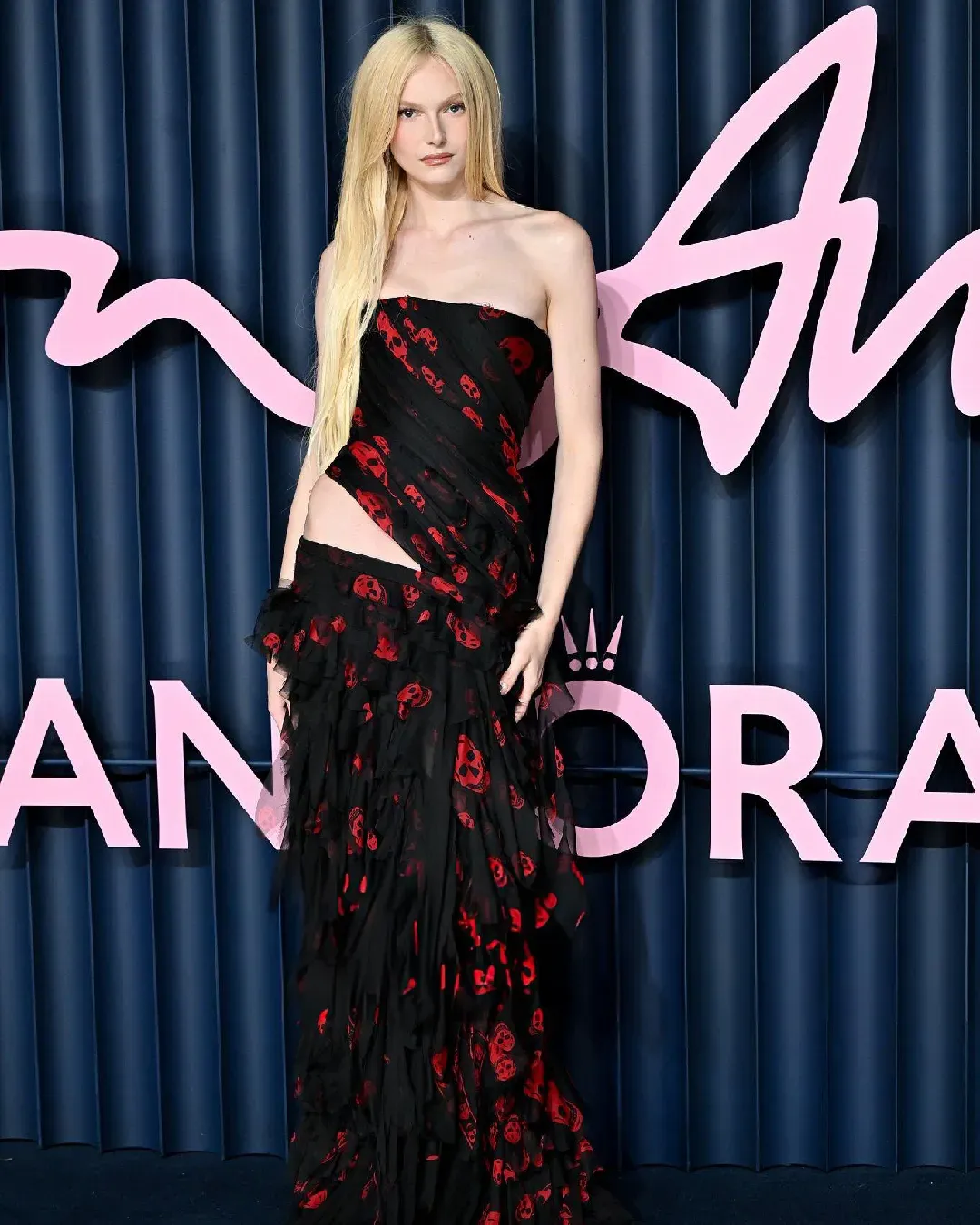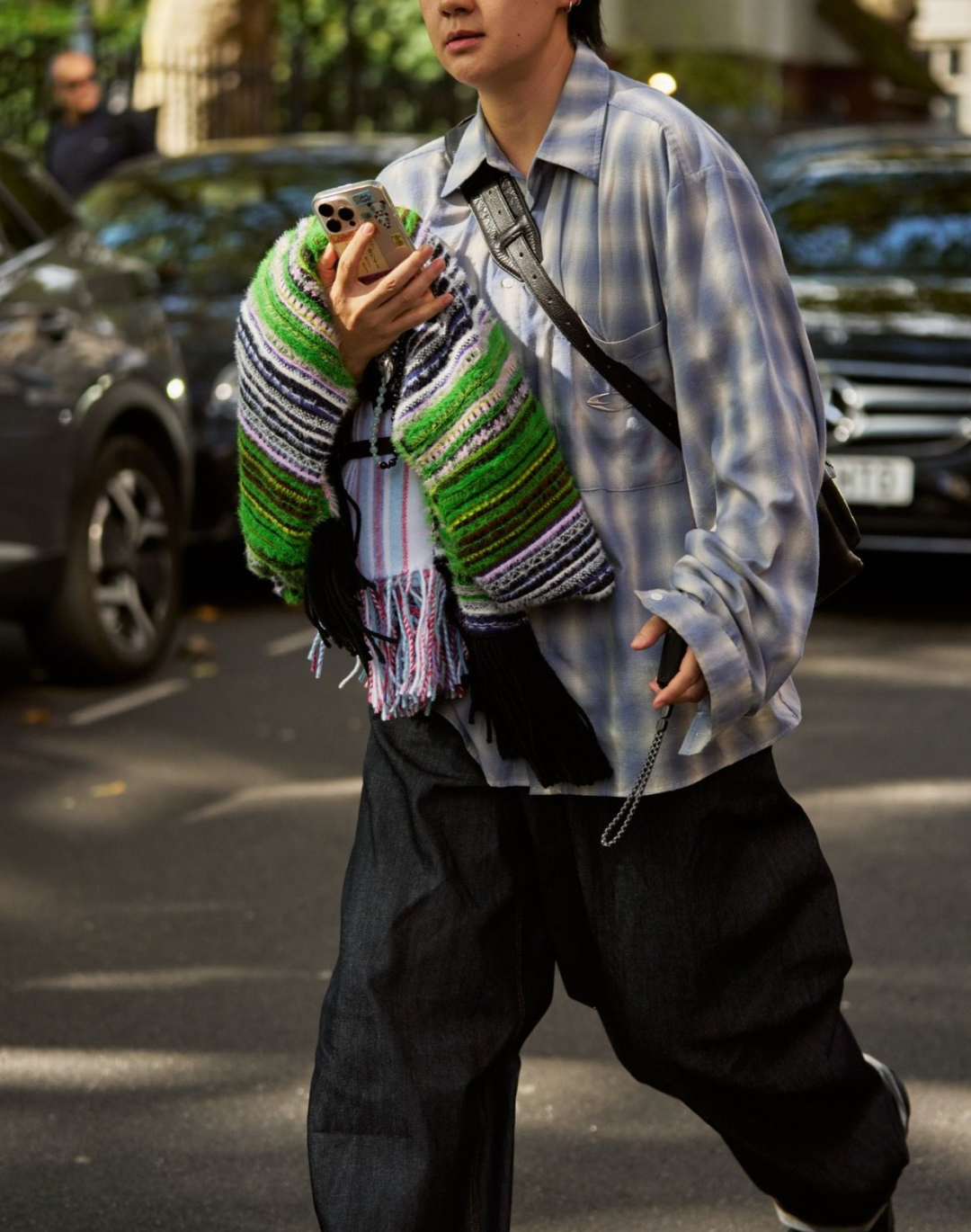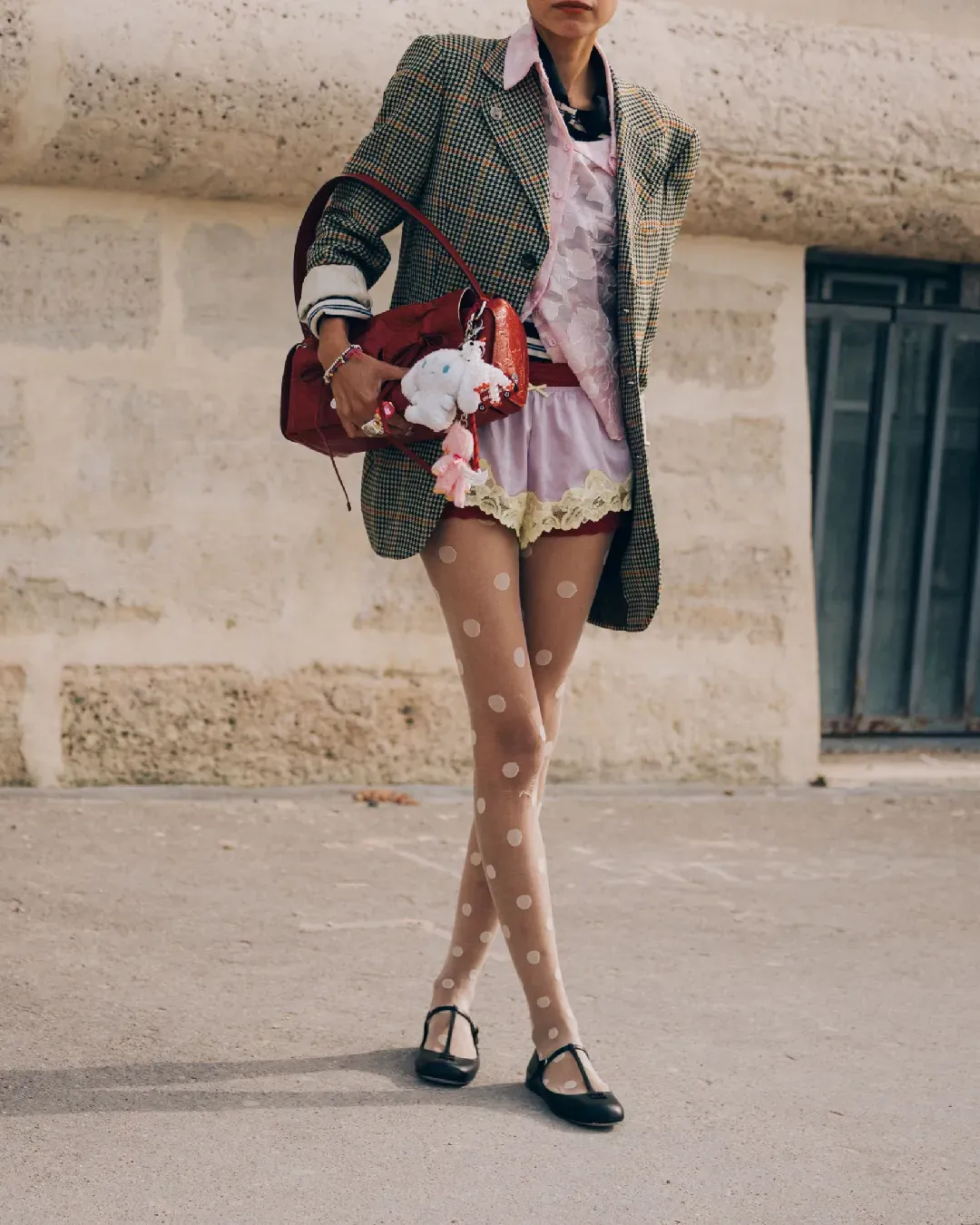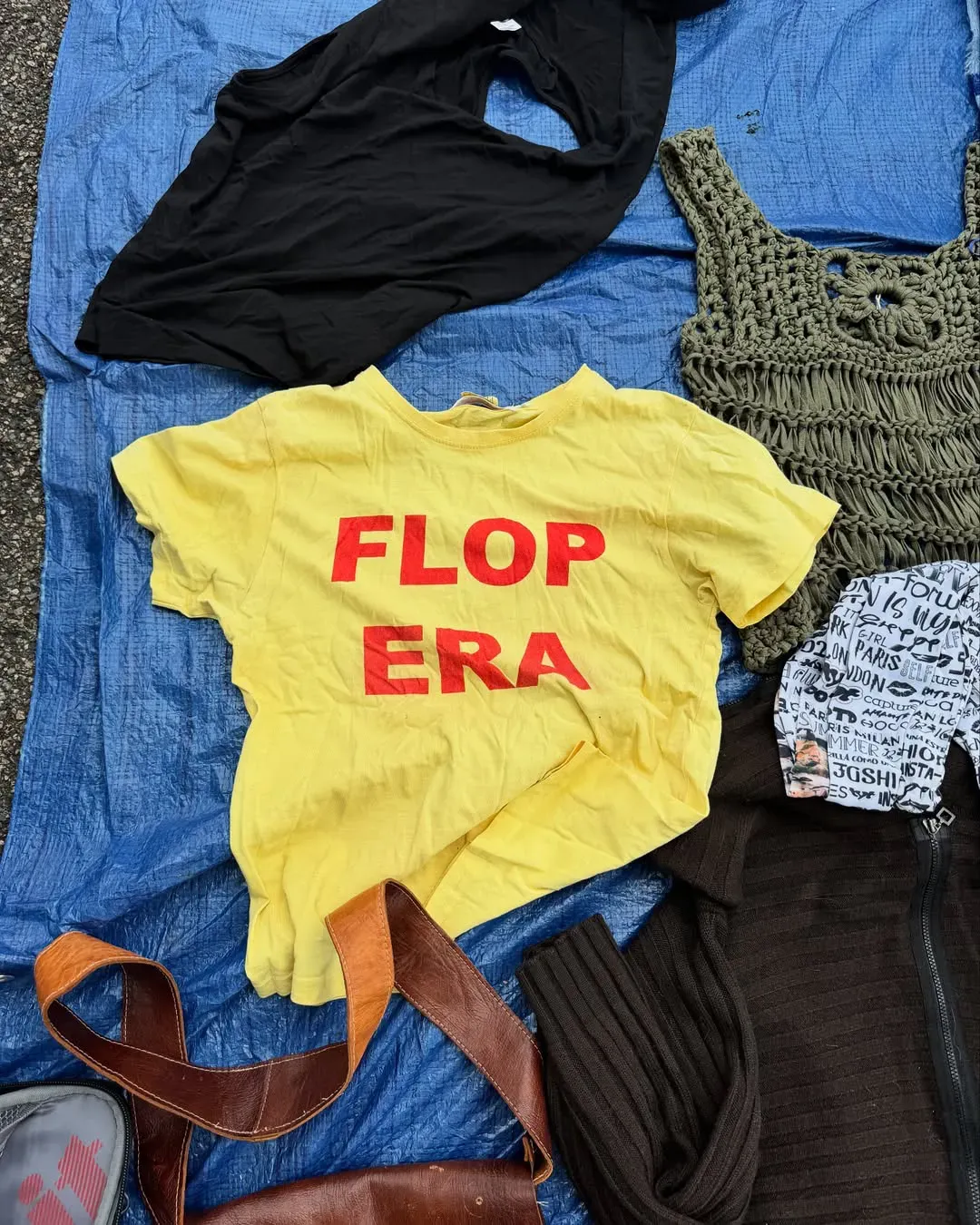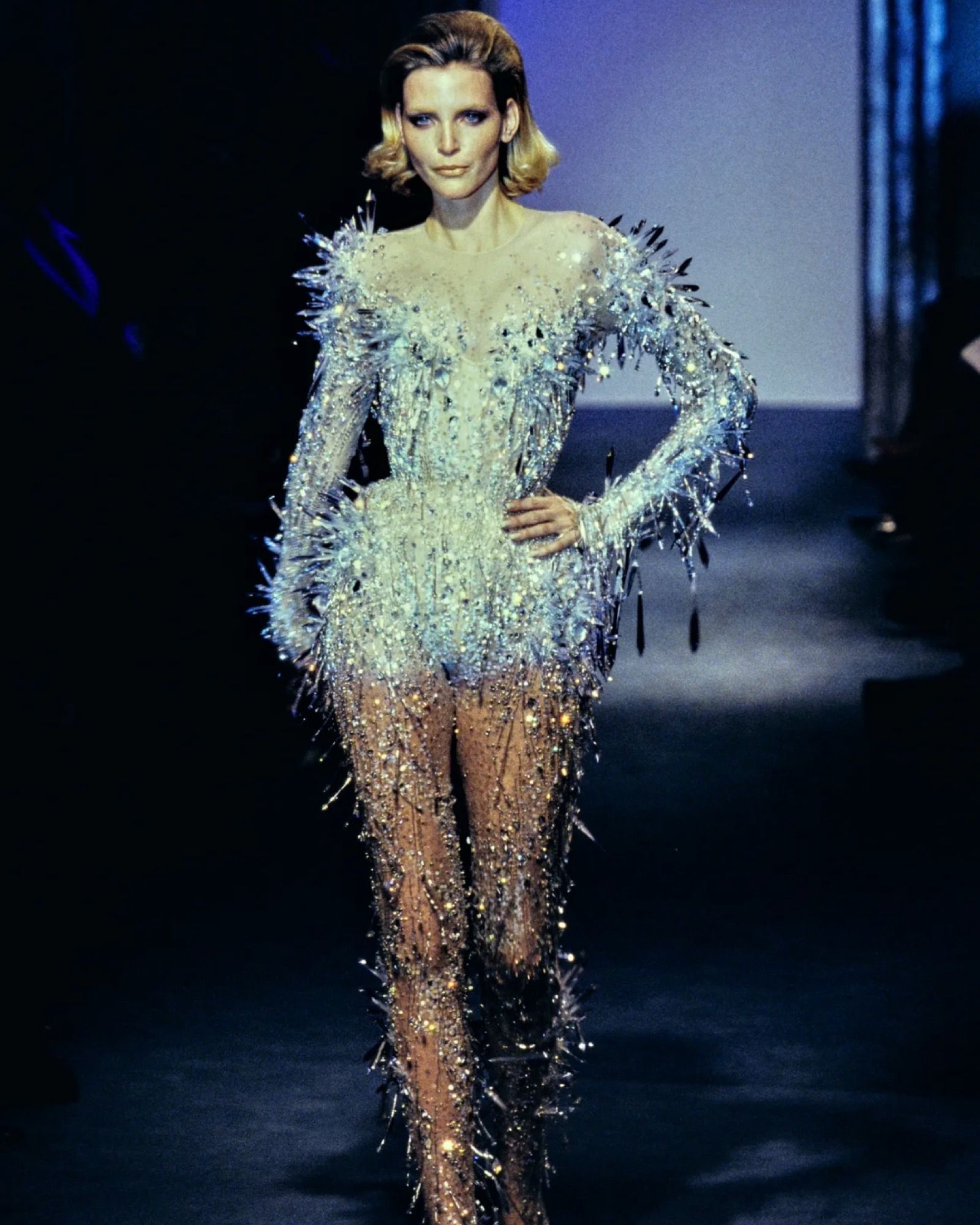
5 must-find vintage French brands From archive luxury houses to simple second-hand brands
For some time now, in France and in many countries, second-hand clothing has been all the rage. While our parents and grandparents may have occasionally been fans of shopping in thrift stores, often due to budget constraints, the current generation takes a different approach when it comes to vintage clothing. Financial considerations remain relevant and the main reason for purchasing second-hand items for some people, especially in France, where the economic crisis has reduced the purchasing power of many individuals. For others, the motivation is more moral or environmental: «Why buy new when hundreds of thousands of already produced garments are seeking a second life?». Finally, some second-hand clothing consumers are not looking for attractive prices or product ethics, but rather rarity. This is where we talk more about "archive pieces" than vintage or second-hand clothing.
For this segment of consumers, some of whom are collectors, the brand of a piece, the designer who created it, or the year of release will be crucial assets that contribute to defining rarity, and thus the value of the item. With the rise of online and physical stores offering vintage pieces from designers, the second-hand market is entering a new dynamic and is confronted with both era and brand trends. While the 1990s or the transition to the year 2000 appealed to many, others will be more charmed by specific designer names. Our vintage piece buyers and sellers will therefore be on the lookout for designers; still relevant for some, but sometimes enjoying greater renown in the past - forgotten designers for others, who have stopped producing their collections and thus leaving the second-hand market clamoring for their increasingly rare archive pieces. While Italian, Belgian, or Japanese designers have been highly successful in this vintage business, French designers are also at the heart of everyone's attention. We have therefore selected five French brands, iconic or niche, but all sharing the common feature of being particularly appealing in the second-hand market.
Plein Sud
@ellieaddis i love the colour of this one so much!!!!! found this on @Depop #franfine #thenanny #sabrinatheteenagewitch The Nanny Named Fran (From "The Nanny") - Geek Music
For some years now, vintage and second-hand shops have been increasingly showcasing these branded Plein Sud garments with feminine and original cuts. But who is behind this name imbued with light and sunshine? None other than designer Fayçal Amor. Born in Tangier, Morocco, Fayçal Amor was born to a Russian-Armenian mother and a Moroccan father. He became familiar with art at an early age through painting, which his mother passed on to him. After creating some collections in Morocco and working as a stylist alongside Zyga Pianko, Jean-Charles de Castelbajac, or Agnès B, Fayçal Amor launched the Plein Sud brand in Paris in 1984 and opened his first boutique in 1988. Inspired by his own mixed heritage, at the crossroads of the Orient and the Occident, Plein Sud aims to illuminate the silhouette of a sensual, elegant, and modern woman. Mixing unique shades, daring cuts, quality fabrics, and techniques, Plein Sud and the AMOR group enjoyed great success in the 1990s and expanded internationally by opening several boutiques in New York, Madrid, London, and Düsseldorf. However, around the 2010s, the brand lost momentum and Fayçal Amor or Plein Sud were heard less and less. The designer's iconic pieces, always sexy and unique, will nevertheless continue to circulate in the second-hand market. They will then become for some, rare and coveted archive pieces, that our compulsive vintage buyers will ardently desire to acquire.
Marithé + François Girbaud
@bintagged Marithé François Girbaud Hidden Pockets Jacket. Check out our website for a closer look at the details of this rare piece, featuring the iconic frontal hidden pockets system that Girbaud popularized in the early 2000s. #girbaud #ootd #vintage #mensfashion #oakley #secondhandfashion #vintageclothes #vintgaefashion #vintagemilitary #clothingstore #vintagemenswear #gorpcore #archive #designer #fashion #clothing #mensfashion #fyp #isseymiyake #yohjiyamamoto #commedesgarçons #armani #kikokostadinov #helmutlang #yeezy original sound - BinTagged
Known for their union as well as their love for denim, the couple Marithé Bachellerie and François Girbaud met in Saint-Tropez in 1967. They subsequently lived in Paris in a hippie community where Marithé made ponchos and François was the indispensable seller at Western House. Passionate and wanting to break away from the model of American jeans of the time, the couple entered the fashion world in the late 1960s when they created their first brand selling raw washed jeans using the stonewash technique. The first Marithé + François Girbaud boutique opened in Paris in 1972. Enjoying great success and making denim history since the 1980s, Marithé and François later opened other stores in France as well as in the United States and Japan. Advocating freedom of movement, attitude, and comfort, Marithé + François Girbaud combines experimental cuts and creativity in material treatment. Despite their popularity with the public, the brand did not survive the 2008 crisis and the couple had to close their store in 2013. However, although the brand announced a comeback at the end of 2023, the clothes marketed are quite far from the iconic denim pieces of the 1990s and 2000s. The global aura of Marithé + François Girbaud nevertheless continues to endure through archive and second-hand shops that are always delighted to have Marithé + François Girbaud among their selections.
Jean Paul Gaultier
@vintagegraceny Check out our founder Chandler style this sick vintage Jean Paul Gaultier look #vintagefashion #vintagegrace #designervintage #nyc #fashion #doitwithgrace #sustainablefashion #nycfashion #grwm #haul #vintage #gaultier #alaia original sound - vintagegrace
How can we talk about French designers and archive pieces without addressing the iconic Jean Paul Gaultier? A fashion icon and symbol of French culture, the grand couturier is also a major figure in the wave of young creators of the 1980s who revolutionized the industry. Jean Paul Gaultier's success is as much for his creations as for his spectacular shows or provocative trend, always with a lot of humor. Cone bustiers, skirts for boys, transparent tops imitating tattoos, cyber dot dress, or even trompe-l'oeil revealing fake nudity are all emblematic pieces contributing to the very precious archives of the Jean Paul Gaultier house. One of the reasons why we cannot forget these iconic pieces is also due to the personalities who wore them; from Madonna in cone bustier to Kim Kardashian in a cyber dot dress. Although the designer decided to officially retire from the brand in 2020, Jean Paul Gaultier remains one of the most coveted brands in the second-hand market for its timeless, daring, and mythical pieces.
XULY.Bët
@springw6ter Amazing Xuly.Bët runway collections over the years. Lamine Kouyaté is one of the finest creatives in the last 30 years. His collections are funky and fresh like spring. Being a black designer in paris put many obstacles in front of him but for the same reason it made him more innovative than the rest. His clothing has always been made from sustainable/recycled materials as well! Get into it if you havent already. #fashion #fashiontiktok #90saesthetic #xulybet You Could Be More As You Are - Saâda Bonaire
«Open your eyes wide» is what XULY.Bët means in Wolof, the clothing line created by Lamine Kouyaté. Born in Bamako, the Malian and Senegalese origin creator arrived in France in 1986. XULY.Bët Funkin’ Fashion Factory was created in the early 90s and was originally a squat for artists and creatives in northern Paris. Considered one of the pioneers of upcycling, Lamine Kouyaté began using recycled fabrics and clothing early on in his creations. Experiencing a wave of success for this innovative approach and for the eclectic culture brought to his clothing line, the creator received the "Designer of the Year" award from The New York Times in 1994. After deciding to showcase XULY.Bët at New York Fashion Week for 8 years, the brand returned to its city of origin, Paris, in 2018. XULY.Bët, continuing to produce collections and runway shows each year, is now considered an influential underground fashion brand. Pieces in black or colored lycra, adorned with red stitches, quickly became iconic and highly sought after in the second-hand market. The brand, also appreciating the archival system and being environmentally committed, regularly organizes sales events to give its customers the opportunity to find some of their creations that are no longer commercially available.
Mugler
Mugler, taking its name from its creator Manfred Thierry Mugler, is considered one of the brands that revolutionized the world of fashion and ready-to-wear from the 70s onwards. Mugler quickly established himself as one of the most innovative designers of his time. Famous for his daring and avant-garde creations, blending futuristic and fantastical influences with elegant and structured silhouettes. His distinctive style characterized by bold hyper-femininity, exaggerated silhouettes challenging conventions, imposing shoulder pads adding a touch of grandeur, and plunging necklines captivating attention and revealing assertive sensuality quickly fascinated audiences worldwide. However, Thierry Mugler left the ready-to-wear of his Maison in 2002 to focus more on his perfume line. Mugler's archival pieces are highly sought after in the second-hand market, their rarity and prestige giving them significant value. Following the creator's death in 2022, their value has further increased, testifying to the enduring legacy of his creative genius and lasting impact on the fashion industry.










































